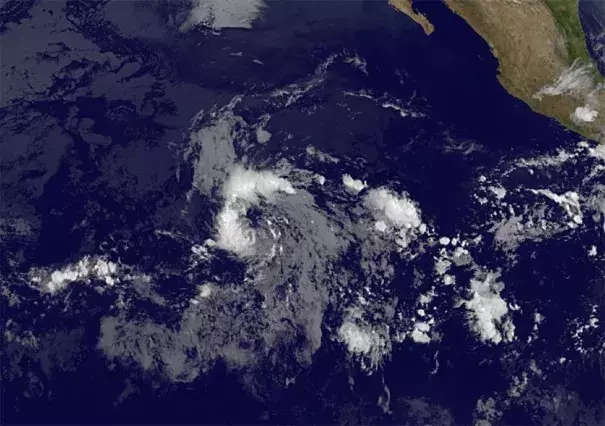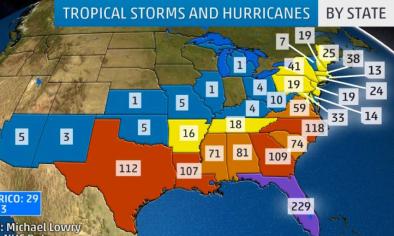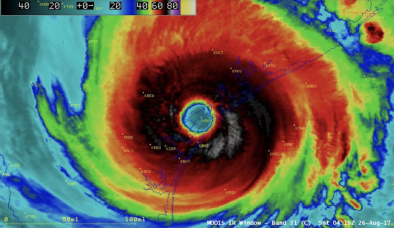An Early Start to Hurricane Season in the Eastern Pacific and Atlantic?

The Eastern Pacific hurricane season officially starts on May 15, but for the second year in a row, we have the potential to see a record-early start to the season. Satellite imagery on Wednesday morning showed that a concentrated area of heavy thunderstorms in association with a broad area of low pressure located about 1200 miles southwest of the southern tip of the Baja California peninsula (90E), had acquired plenty of spin, but was not yet organized enough to be labeled a tropical depression.
...
Is the Eastern Pacific hurricane season getting longer?
The Eastern Pacific hurricane season got off to a record-early start last year, when Tropical Storm Adrian formed on May 9. The previous earliest appearance of a named storm in the Eastern Pacific since reliable satellite records began in 1970 was on May 12, 1990, when Tropical Storm Alma got its start. Three other systems got their start on May 13, according to NOAA’s Historical Hurricane Tracks website. With a record-early start to the season last year, and another potential record early start this year, the question naturally arises—is the Eastern Pacific hurricane season getting longer?
We might expect that hurricane season will start earlier and end later in coming decades, due to warming of the oceans allowing more storms to form when ocean temperatures are marginally warm for tropical cyclone formation. However, hurricane genesis also requires low wind shear, high levels of moisture at mid-levels of the atmosphere, and something to get the low-level atmosphere rotating. In some ocean basins, climate change may inhibit early-season genesis events by decreasing these other factors needed for a hurricane to get started.
There has not been any research published thus far showing a change in the length of the Eastern Pacific hurricane season.
...
A 2015 study of how climate change might be expected to influence season length in climate models (led by MIT’s John Dwyer) yielded mixed results for the Eastern Pacific, depending upon which model was used to simulate hurricane activity. Most of the models—but not all—projected an increase in the length of the Eastern Pacific hurricane season in a future warmer climate.
The Atlantic hurricane season does appear to be getting longer in the region south of 30°N and east of 75°W, according to a 2008 paper by Dr. James Kossin of the University of Wisconsin in Geophysical Research Letters titled, "Is the North Atlantic hurricane season getting longer?" A 2016 analysis by Dr. Ryan Truchelut of WeatherTiger also supported this idea. However, Juliana Karloski and Clark Evans of the University of Wisconsin-Milwaukee found no trend in tropical cyclone formation dates when looking at the entire Atlantic, for the period 1979–2014.
Related Content




